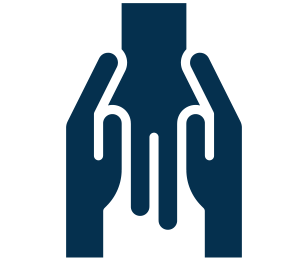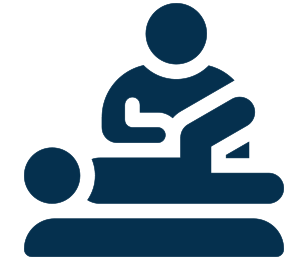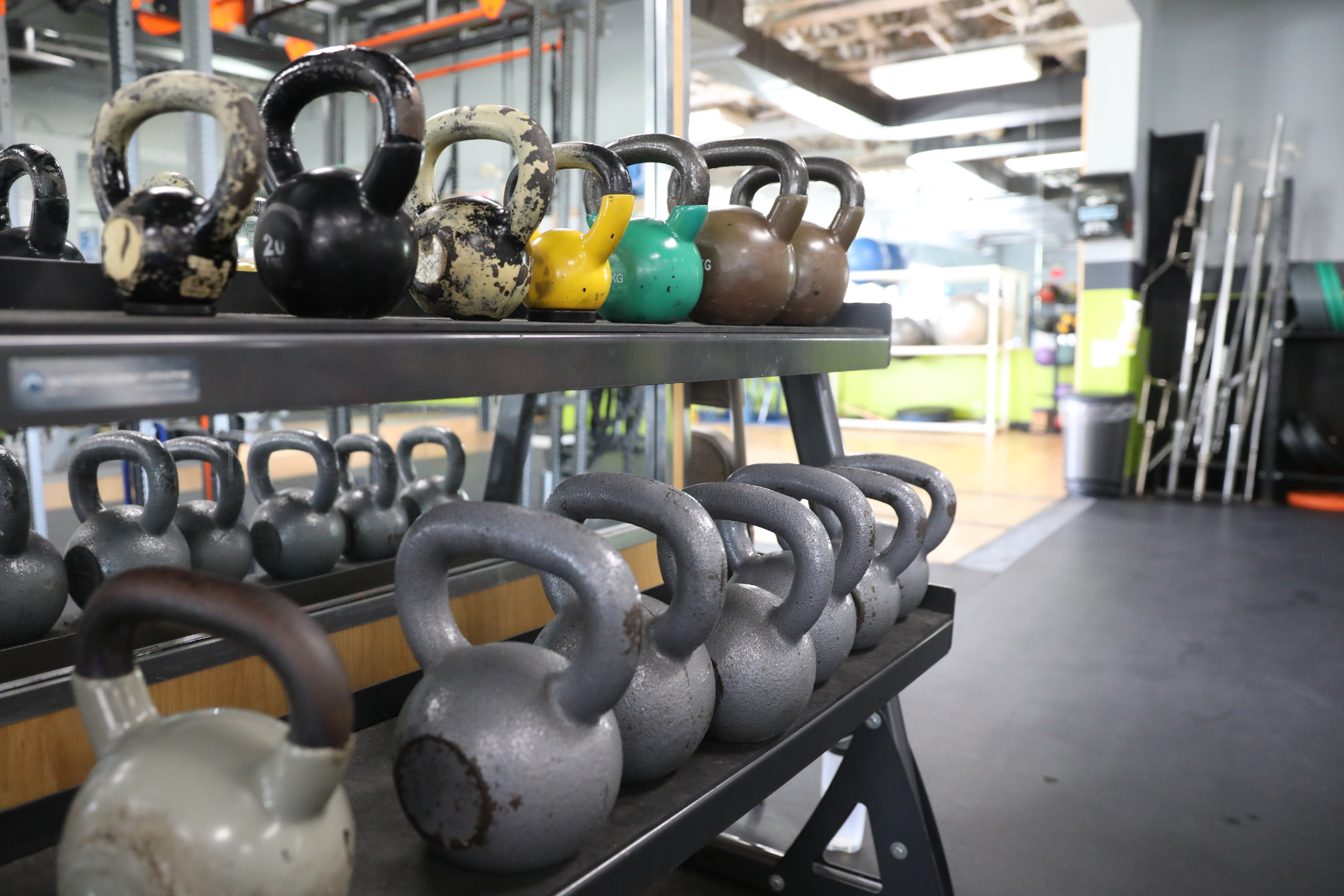Physical Rehabilitation
Get you back to moving better and feeling like yourself.
We offer a selection of different services here, at The Firm, to help rehabilitate you to get you moving better and feeling more like yourself. A common ground with both services is that they use a series of exercises and stretches to help relieve your aches and pains. We use a wholistic approach by attending to the whole body rather than focusing on the single problemed area.
Registered Massage Therapy
Massage Therapy involves the manual treatment of soft tissues to improve function, strength, range of motion, and decrease pain and stress.
Massage Therapy is currently offered at The Fitness Firm on Mondays from 10:30 am - 5:00 pm. The first session with the RMT will be a 1-hour long assessment. Following the assessment, recommendations will be given to determine the length of follow up appointments based on your conditions and goals.
Please note that we do not do direct billing to insurance companies. Following payment, we provide all patients with a receipt that contains all the information you need to submit to your insurance provider to get reimbursed.
Cost:
1-Hour Session: $100 + tax
45-minute session: $85 + tax
30-Minute Session: $65 + tax
15-Minute Session: $35 + tax
Physiotherapy
Physical Therapy is a rehabilitation program that uses exercise to treat injuries. This service is assessed, directed, and overseen virtually by a Physiotherapist and is executed by an in-house Physiotherapist Assistant. Sessions are suggested based on injuries and could be as little as 30-minutes once per week, up to 3 sessions per week of 60-minutes each. A regular reassessment by the Physiotherapist is required to continue with this program.
Please check your extended healthcare coverage and contact us to inquire about how to get started.
Cost: (No Tax)
Initial virtual assessment: $125
60-minute treatment: $100
45-minute treatment: $85
30-minute treatment: $70
Our Registered Rehabilitation Professionals
Michael graduated from McMaster University with a Bachelors in Honours Biology and minor in Psych. He then pursued his Massage Therapy diploma from Mohawk College. During school Michael looked to advance his toolkit and took courses in taping and IASTM through RockTape. Upon graduating, Michael went on to complete the prestigious Contemporary Medical Acupuncture course at McMaster University, and continued to expand his knowledge and expertise by taking more acupuncture courses. Michael is now pursuing health coaching through the Primal Health Coaching course in order to provide a more holistic approach to obtaining your health goals in order to LIVE a QUALITY life.
Michael specializes in the use of electroacupuncture and soft tissue techniques in order to improve function, strength, range of motion and quality of tissue. He will assess you to see what the underlying cause of your issue is, as well as educating you about what's going on and how we can improve it. His holistic approach will give you specific things to work on in order to achieve your goals!
What Our Members Say

Bill Laidlaw
"I have had the good fortune of using Michael as a massage therapist for several sessions. He has been very helpful to me in relieving my back, hip and knee pain along with my neck and shoulder pain. I am a former university athlete and have managed to injure myself multiple times. In those days you played with no concerns about your body.
Michael uses a combination of massage and acupuncture which I have found to be most helpful. Having also worked with RMTAO which is the trade association for massage therapists in Ontario and can attest to his professionalism."
Button
June Wright
“I have been most impressed with my personal trainer, Melody Giles.
I have a few musculoskeletal issues, as well as an inner ear disease which affects my balance. So each day I train with Mel, we are never sure what is going to be working well or not so well. She is very accommodating in that if one exercise is not working for whatever reason she very quickly has a replacement. She really has wonderful knowledge and is able to demonstrate and talk through an exercise. She pushes one hard enough so you have had a great workout but is always aware of individual limitations.
I never push myself as hard as I need to, so having a personal trainer to keep providing motivation and structure works really well for me.”
Button
Betty Phelps
"I’ve had Melody as my Personal Trainer for just over a year. She is a great motivator and has helped me be stronger and more flexible, along with working on improving my balance. She also makes sure you are doing the exercises correctly and knows when you need to stretch. When I first started training with Melody, I had an injury that had affected my arm and hand. I was told she would be able to help me get its strength back and be more flexible, and I’m able to say it is as strong as it ever was and I am very thankful to her. I have had 3-4 trainers over the last 15 years and can honestly say that she has been the best.
I would definitely recommend Melody to anyone who wants to be fit and stronger for life."
Button
FAQ
- Are physical rehabilitation services covered by insurance?
Sometimes, yes! Check your individual healthcare benefits to see if you’re covered for Massage Therapy or Physiotherapy services.
- How many sessions do I need?
Following your first hour-long initial assessment with either rehab practitioner, they will make recommendations regarding the length and frequency of follow up sessions because it depends on the severity and nature of your concern. Some individuals only need a few sessions, provided they do their homework, and some people require more!
- Do I need a doctor’s note?
You do not need a doctor's referral to book appointments with the rehabilitation specialists, however, you may need a doctor's referral to get the services covered by your insurance. Please check with your benefits insurer to confirm.
Blogs

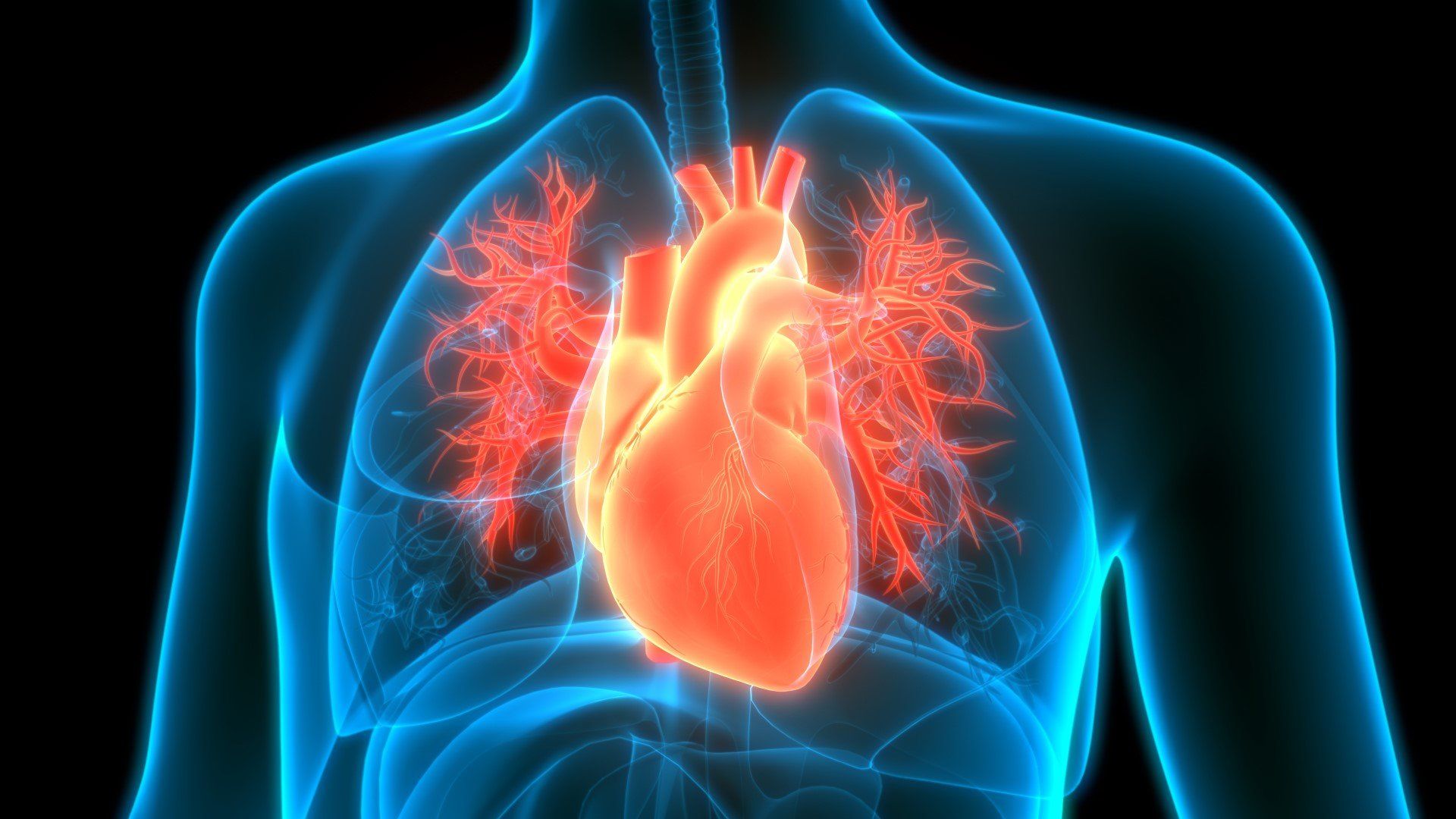
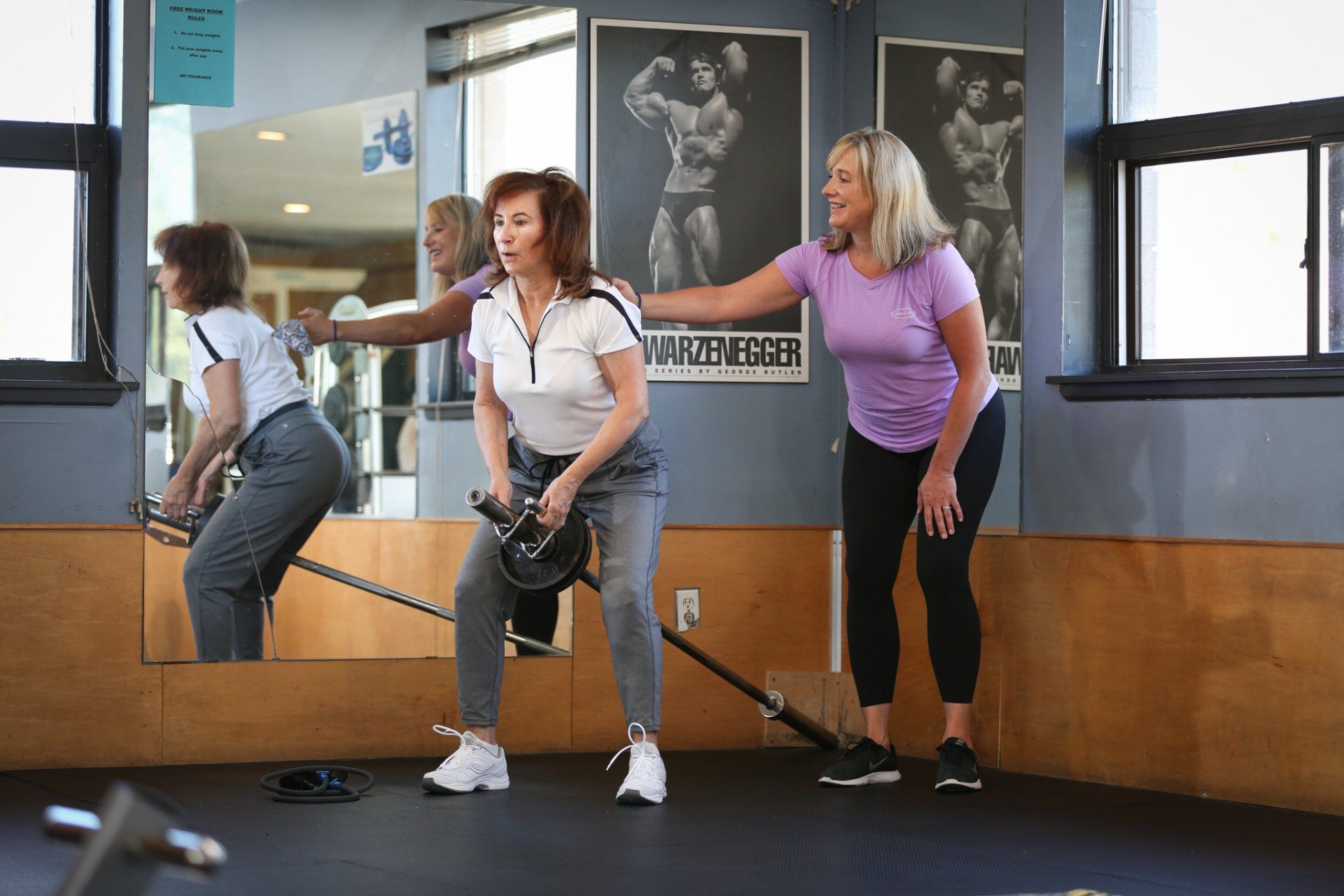
Do You Want to Lose Weight and Get Fit?
Complete the form below to request an appointment.
Do You Want to Lose Weight and Get Fit?
We will get back to you as soon as possible.
Please try again later.
Think you can add something to our team?
Send us your resume using the button below!
NOMINATE A MEMBER FOR MEMBER OF THE MONTH
Sign up to our newsletter
We will get back to you as soon as possible
Please try again later
All Rights Reserved | The Fitness Firm

